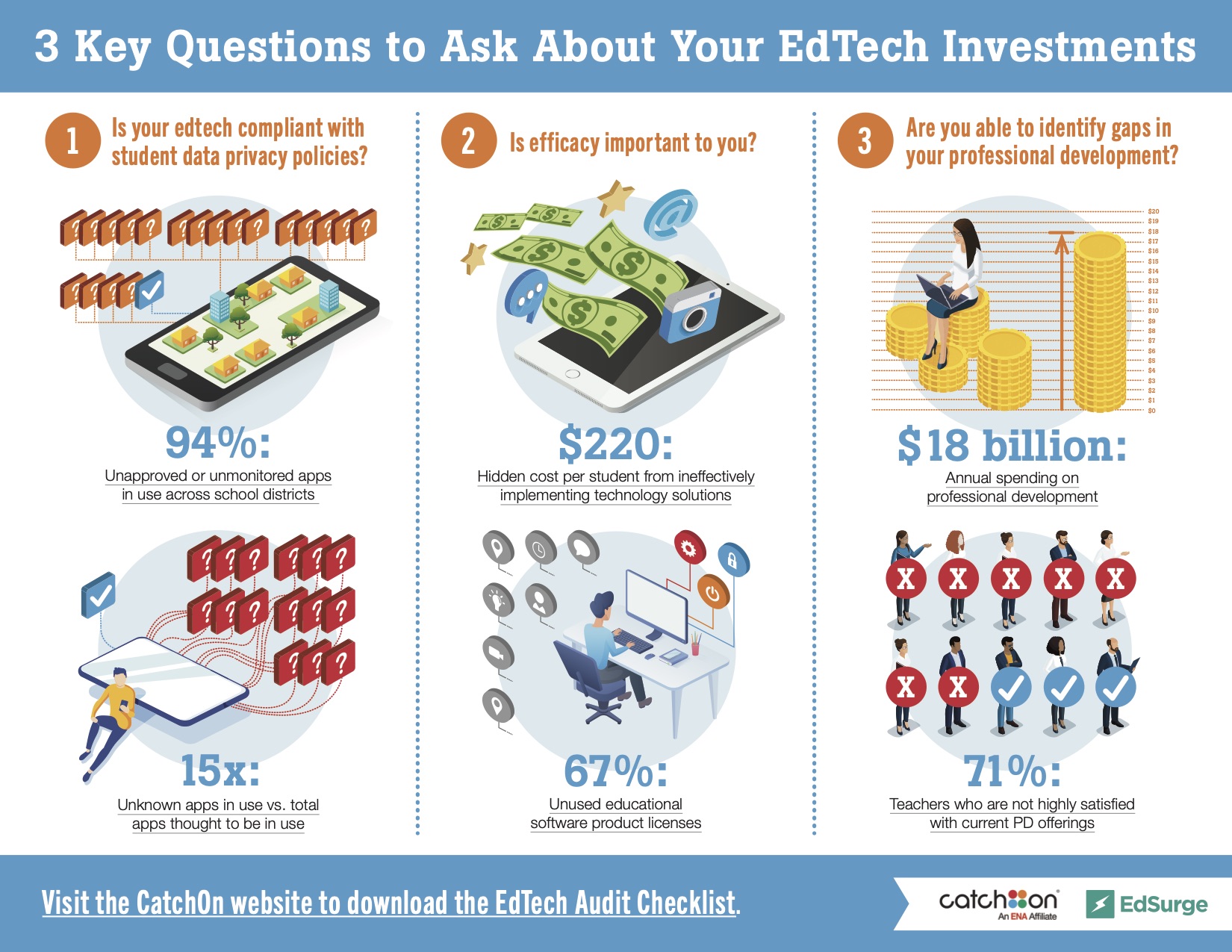Investment continues to flow to ed tech, with $803 million injected during the first six months of the year, according to the industry news website EdSurge. But half of that went to just six companies, including the celebrity tutorial provider MasterClass, the online learning platform Udemy and the school and college review site Niche.
From the outside, the ed-tech sector may appear as if “there’s a bonanza and it’s like the dot-com boom again and everybody’s printing money,” said Michael Hansen, CEO of the K-12 and higher education digital learning provider Cengage. “That is not the case.”
Even if they want to buy more ed-tech tools, meanwhile, schools and colleges are short on cash. Expenses for measures to deal with Covid-19 are up, while budgets are expected to be down.
Analysts and industry insiders now expect a wave of acquisitions as already-dominant brands like these seek to corner even more of the market by snatching up smaller players that provide services they don’t.
++++++++++++++++
Tech-based contact tracing could put schools in murky privacy territory
https://www.educationdive.com/news/tech-based-contact-tracing-could-put-schools-in-murky-privacy-territory/584881/
- A white paper from the Surveillance Technology Oversight Project (STOP) suggests the use of contact tracing technology by schools could erode student privacy and may not be effective in preventing the spread of coronavirus.
Despite the pandemic, schools still must conform to the Family Educational Rights and Privacy Act (FERPA) and other laws governing student privacy. Districts can disclose information to public health officials, for example, but information can’t be released to the general public without written consent from parents.
The Safely Reopen Schools mobile app is one tool available for automating contact tracing. The idea is that if two mobile phones are close enough to connect via Bluetooth, the phone owners are close enough to transmit the virus. The app includes daily health check-ins and educational notifications, but no personal information is exchanged between the phones, and the app won’t disclose who tested positive.
Colleges are also using apps to help trace and track students’ exposure to coronavirus. In August, 20,000 participants from the University of Alabama at Birmingham were asked to test the GuideSafe mobile app, which will alert them if they’ve been in contact with someone who tested positive for COVID-19. The app determines the proximity of two people through cell phone signal strength. If someone reports they contracted the virus, an alert will be sent to anyone who has been within six feet of them for at least 15 minutes over the previous two weeks.
Critics of the technology claim these apps aren’t actually capable of contract tracing and could undermine manual efforts to do so.
+++++++++++++++++
more on ed tech in this IMS blog
https://blog.stcloudstate.edu/ims?s=educational+technology

